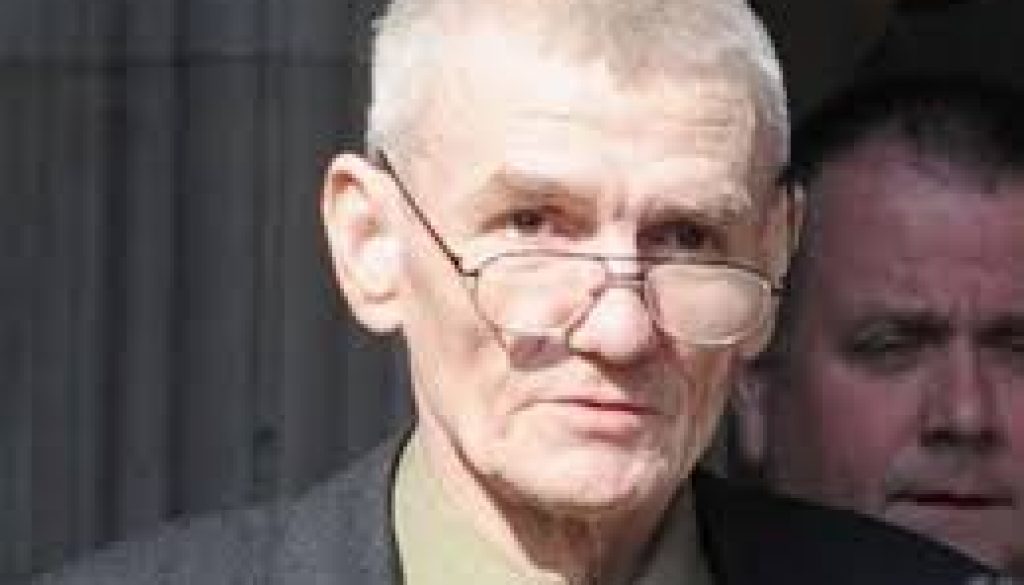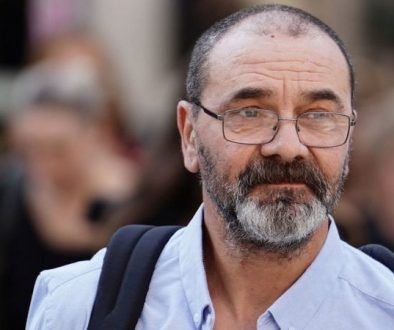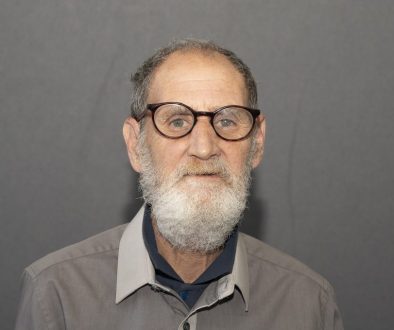On This Day 2009
On this Day, 18 March 2009, Sean Hodgson was cleared by DNA evidence after spending 27 years in prison based on a false confession.
Sean Hodgson was wrongly accused and ultimately convicted of the rape and murder of Teresa De Simone – a crime he could not have committed.
In April 2009, Gerry Conlon, a former director of MOJO, himself wrongfully imprisoned for 15 years, explained why the nightmare was only just beginning for Sean and for other victims of miscarriage of justice when released from prison.
“Most people released after miscarriages of justice end up as recluses, their marriages fail, they aren’t talking to their children, they become drug addicts and alcoholics, they die premature deaths.”
Victims of miscarriages of justice receive little to no support in adjusting to a life outside of prison of which they have no recent experience. Many experience suicidal thoughts and panic attacks, and drug and alcohol misuse are common.
Three years after his release, Sean Hodgson, died of emphysema in October of 2012.
Today we repost the following article, from The Guardian online, 18 March 2009:
Prisoner has murder conviction quashed after 27 years
Appeal court corrects miscarriage of justice as new DNA evidence quashes Sean Hodgson’s conviction for rape and strangling of barmaid Teresa de Simone in 1979.
A man who spent almost three decades in prison for crimes he did not commit had his conviction for rape and murder quashed by the court of appeal today thanks to a DNA analysis that could have established his innocence a decade ago.
Sean Hodgson, now 57, was sentenced to life in 1982 for the murder of Teresa de Simone, a 22-year-old gas board clerk and part-time barmaid.
De Simone’s partly clothed body was found in the back of her Ford Escort by the Tom Tackle pub in Southampton, where she worked, in December 1979. She had been throttled to death with her gold crucifix necklace.
Hodgson made various confessions to police before pleading not guilty at his original trial at Winchester crown court. His defence team argued that Hodgson, who has mental health problems, was a pathological liar and his confessions were false.
He was convicted on the basis of his confessions and matches of blood type with samples found at the scene. No assessment of his mental state, or his apparent obsession with confessing to crimes he had not committed, was made.
Last week, Hampshire police reopened the murder inquiry after new analysis of DNA evidence from the scene did not match a sample from Hodgson. Such tests were not available at the time of his conviction – DNA evidence was not used in a British court until 1986.
Following the force’s comprehensive forensic case review, evidence was passed to the Criminal Cases Review commission, which referred it to the appeal court and said there was a “real possibility the court would consider the conviction unsafe and quash it”.
However, it emerged in court today that Hodgson could have been freed in 1998 when his legal team asked the Forensic Science Service to review the exhibits in the case. But they were wrongly told that the exhibits had been destroyed, and an investigation has been launched by the forensic science regulator.
Frail and pallid, Hodgson stood on the steps of the high court supported by his brother, Peter.
When his solicitor asked whether he would rather go back inside the court, he pointed to the press pack, saying: “I want to go down there.”
To cheers and applause, he made his way slowly down the steps. When asked how he felt, he replied, in a barely audible voice: “Ecstatic. It’s good to be out.”
Asked what he made of the revelation that he could perhaps have been freed a decade ago, he said: “Disgraceful.”
Around him, members of his family and legal team were in tears. “I’ve had a dream for 27 years — I know it’s a hell of a long time,” his brother said as he thanked the lawyers. “Now it’s finally coming true.”
A statement issued by Hodgson’s solicitor, Julian Young, said his client was relieved that his innocence, which he had maintained for so many years, had been confirmed.
“Sadly, the mother of the victim now has to face the possibility and distress of the circumstances of the case being reopened,” he said. “At a time when the criminal justice system is under scrutiny, it is gratifying to see all parties co-operating to rectify a serious miscarriage of justice.”
Young also spoke of the mistake that had cost Hodgson a decade in prison. “Ten years ago, someone in the Forensic Science Service, perhaps by accident, made an error of some sort … as a result, he stayed in custody 10 years longer,” he said.
Indicating that further action for compensation was under consideration, he said: “Whether Forensic Science have liability in respect of an error 10 years ago is a matter for another day, when we have a chance to talk to Sean at some length.”
Hodgson – who, the court heard, has suffered mental and physical health problems for many years – was now being helped by a miscarriage of justice team and would be visiting healthcare professionals. It would then be for him “to make his own decision on where he wants to live”, Young said.
He added that Hodgson was “looking forward one day to going to watch a football match”, adding that he believed he was a Sunderland supporter.
Earlier, Hodgson sat in court to hear the lord chief justice, Lord Judge, and his colleagues, Mr Justice Irwin and Mr Justice Wyn Williams, rule that his conviction was unsafe and would be quashed.
In his ruling, Judge said it was in the broad public interest for the court to set out the facts so people could understand how the conviction came about, why it had been quashed and how it was that these “disturbing events” took place.
He emphasised that, unlike many other miscarriages of justice, the conviction was not being quashed because some unacceptable feature of police misconduct had emerged, a witness had been untruthful or mistakes had been made during the trial.
“The conviction will be quashed for the simple reason that advances in the science of DNA, long after the end of the trial, have proved a fact which, if it had been known at the time would, notwithstanding the remaining evidence in the case, have resulted in quite a different investigation and a completely different trial,” he said.
He said swabs taken from De Simone’s body had been examined and sufficient remnants of sperm had been found on them for proper DNA analysis to be carried out, resulting in the conclusion that the sample on the swabs did not come from Hodgson.
“Whoever raped her … on these findings, it can’t be the appellant,” Judge said. “The crown’s case was that whoever raped her also killed her, so the new DNA evidence has demolished the case for the prosecution.”
He said the decision “leaves some important unanswered questions”.
“Perhaps the most important is that we do not know who raped and killed the dead girl,” he said. “We can but hope that, for the sake of the appellant and the family of the murdered girl, that her killer may yet be identified and brought to justice.”
At the end of the judgment, Judge announced that Hodgson would be discharged. A CPS spokesman later confirmed there would be no retrial.
Hampshire police said they had begun a new investigation into De Simone’s murder, but said the inquiry could prove “protracted”.
Speaking outside the high court, Detective Chief Inspector Philip McTavish said: “This is aimed at identifying the owner of the new DNA profile. The fact that we have this DNA also means that we are able to eliminate people from our inquiry. The original investigation and evidence is now being revisited with the benefit of the DNA evidence, and we will utilise the advances in forensic science.”
Hodgson, who is also known as Robert Graham Hodgson, has spent much of his time in the psychiatric wing of Albany prison on the Isle of Wight. Fewer than 10 other people – including Harry Roberts, who killed three policemen in west London in 1966, and the Yorkshire Ripper, Peter Sutcliffe – have served longer in jail.
The review commission has asked the Crown Prosecution Service to review all similar murder cases where DNA evidence is available and defendants are still alive.
Hodgson, the second-longest serving prisoner to be the victim of a miscarriage of justice in modern criminal history, is entitled to compensation that could amount to hundreds of thousands of pounds. Only Stephen Downing, jailed for beating to death Wendy Sewell in Bakewell, served a few months in jail longer before being set free. His conviction was overturned in 2002 and he is thought to have been awarded £500,000.
The original article can be found HERE.

![16[2]](https://mojoscotland.org/wp-content/uploads/2024/06/162-1024x768-394x330.jpg)

